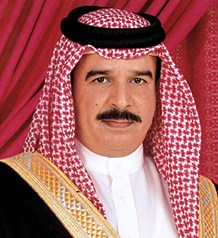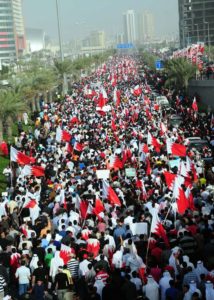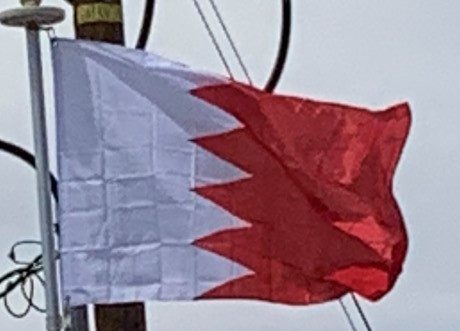Following the 1979 Islamic revolution in Iran in 1981, the Bahraini Shia population orchestrated a failed coup attempt under the auspices of a front organisation, the Islamic Front for the Liberation of Bahrain. The coup would have installed a Shia cleric exiled in Iran, Hujjatu l-Islām Hādī al-Mudarrisī, as supreme leader heading a theocratic government. In December 1994, a group of youths threw stones at female runners for running bare-legged during an international marathon. The resulting clash with police soon grew into civil unrest.

A popular uprising occurred between 1994 and 2000 in which leftists, liberals and Islamists joined forces. The event resulted in approximately forty deaths and ended after Hamad bin Isa Al Khalifa became the Emir of Bahrain in 1999. He instituted elections for parliament, gave women the right to vote, and released all political prisoners. A referendum on 14–15 February 2001 massively supported the National Action Charter. As part of the adoption of the National Action Charter on 14 February 2002, Bahrain changed its formal name from the State (dawla) of Bahrain to the Kingdom of Bahrain.
The country participated in military action against the Taliban in October 2001. Bahrain opposed the invasion of Iraq and had offered Saddam Hussein asylum in the days prior to the invasion. Relations improved with neighboring Qatar after the border dispute over the Hawar Islands was resolved by the International Court of Justice in The Hague in 2001. Following the political liberalisation of the country, Bahrain negotiated a free trade agreement with the United States in 2004.
Bahraini Protests 2011–13:
Inspired by the regional Arab Spring, Bahrain’s Shia majority started large protests against its Sunni rulers in early 2011. The government initially allowed protests following a pre-dawn raid on protesters camped in Pearl Roundabout. A month later it requested security assistance from Saudi Arabia and other Gulf Cooperation Council countries and declared a three-month state of emergency. The government then launched a crackdown on the opposition that included conducting thousands of arrests and systematic torture. Almost daily clashes between protesters and security forces led to dozens of deaths. Protests, sometimes staged by opposition parties, were ongoing. More than 80 civilians and 13 policemen had been killed as of March 2014. According to Physicians for Human Rights, 34 of these deaths were related to government usage of tear gas. The lack of coverage by Arab media in the Persian Gulf, as compared to other Arab Spring uprisings, has sparked several controversies. Iran is alleged by United States and others to have a hand in the arming of Bahraini militants.

Geography:
Bahrain is a generally flat and arid archipelago in the Persian Gulf. It consists of a low desert plain rising gently to a low central escarpment with the highest point the 440 foot Mountain of Smoke (Jabal ad Dukhan). Bahrain had a total area of 257 square miles but due to land reclamation, the area increased to 295 square miles, which is slightly larger than Hamburg or the Isle of Man.
